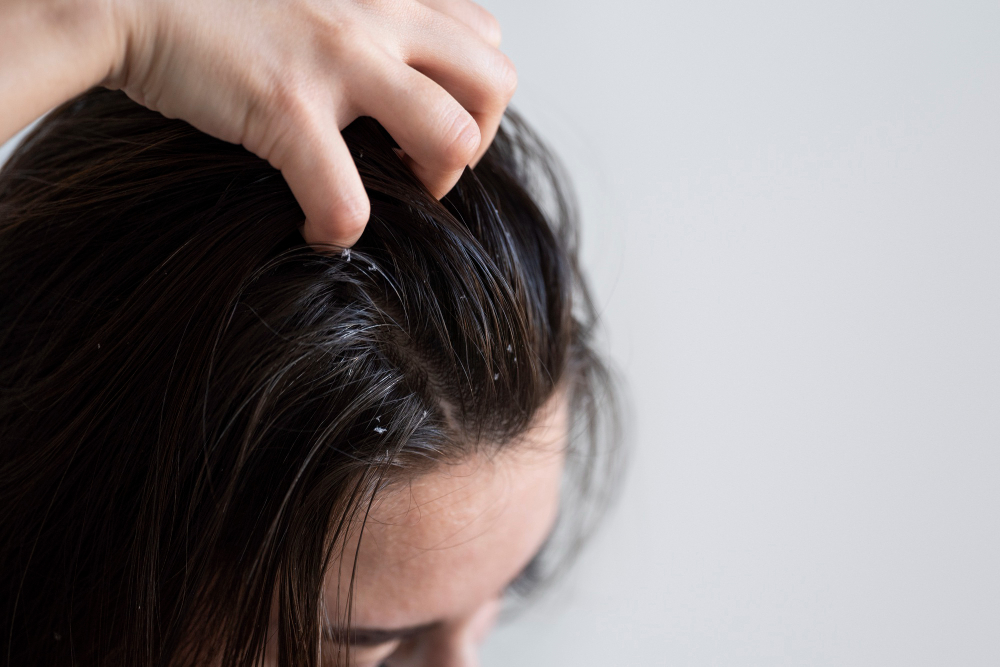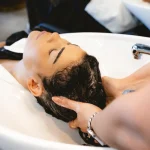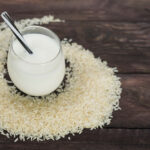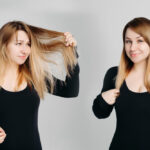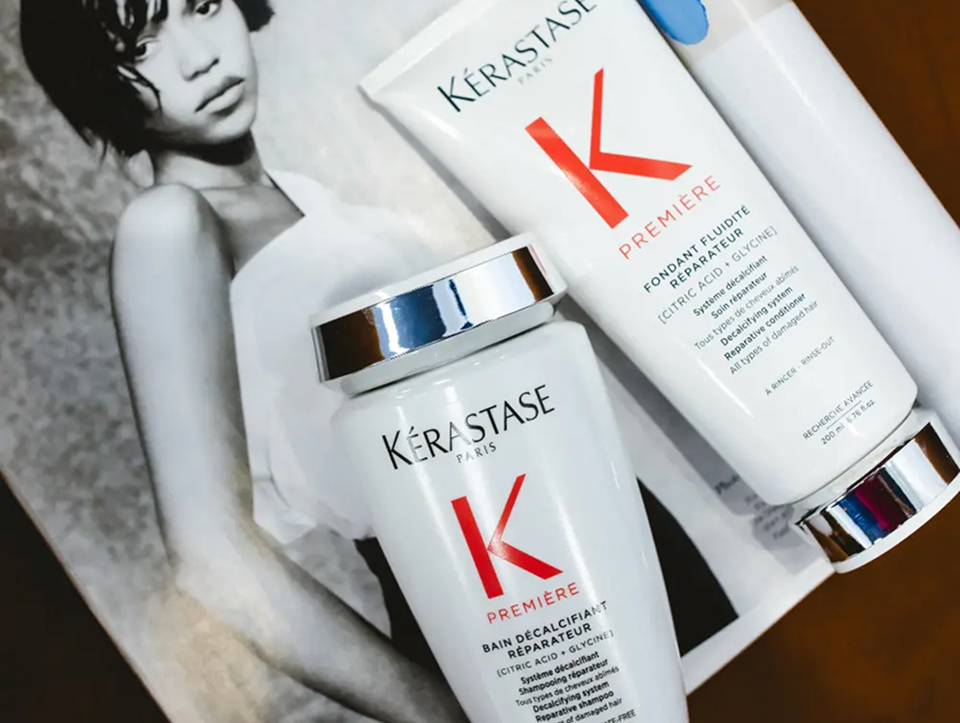You have two types of dandruff: a white, dry one that sheds from your scalp, and a greasy, oily one that can be found on your hair. Then, you have oily dandruff that appears yellow and adheres to your scalp.
Today, we will examine how to treat oily dandruff, which can become a nuisance similar to dry dandruff, the most common type.
As a hair and scalp spa, we offer scalp health treatments for both. With years of experience, we have some great tips on how to treat it here.
What Causes Dandruff To Become Oily and Yellow?
When you notice your scalp flaking with yellow and oily residue, it can result from an overgrowth of Malassezia, a type of yeast. In many people, this yeast can grow on the entire body, including the scalp.
The yeast feeds on the excess pro-inflammatory oils on your scalp. It can result from external factors, such as stress, humidity, and genetics. As the yeast feeds on the oil, it can trigger an immune system response that results in itching, flaking, and irritation, commonly referred to as dandruff.
Oily dandruff, also known as seborrheic dermatitis, is an inflammatory scalp condition caused by the overproduction of skin cells in a specific area, such as the scalp.
Hence, an overproduction of natural oils known as sebum creates scalp flaking. The excess oils cause the flakes to stick to the scalp, which often becomes tender and starts to itch.
When clients visit us for treatment of an itchy scalp, we have found that, in extreme cases, oily dandruff can extend beyond the hairline onto the forehead and lead to hair loss.
Still, you can help alleviate the condition by following our tips below. Also, check out our article on dealing with blocked hair follicles resulting from dandruff.
How To Treat Oily Dandruff: 8 Tips You Can Follow
1. Change Shampoos

At our hair wellness spa, shampooing is a crucial step in scalp care. No matter what formula you use, you must apply it to the scaly, itchy spots.
We recommend using medicated shampoos, such as those formulated for dandruff, for effective relief. These shampoos typically contain ingredients like Zinc and Pyrithione, which help to address the root of the problem and control oil production on your scalp.
Alternatively, switching to antifungal shampoos containing ingredients such as lavender, tea tree oil, or rosemary can be beneficial. These ingredients help prevent the growth of microbes and reduce skin cell overproduction.
Look for scalp serums or shampoos with jojoba oil and aloe, which help reduce inflammation. When switching and choosing a better shampoo for treating scalp acne, look for these ingredients as well.
2. Scalp Exfoliating Treatment

When it comes to treating oily dandruff, a scalp scrub is one of the best scalp treatments for dandruff and flakes. Still, this is best suited for those with oily dandruff, as it can help eliminate excess oil and dry skin.
The scrub exfoliates the skin to remove excess buildup, even if you do not have dandruff or when it is not at a severe level. It also aids in blood circulation, which is essential for maintaining scalp health.
We use a gentle scrub here at Haste, and you can use one at home once or twice a week.
3. Use Products That Target Dandruff
While we have discussed some of the key ingredients to look for in shampoos, other notable ingredients to consider include apple cider vinegar, ketoconazole, and zinc pyrithione.
These formulations are available in over-the-counter products, such as Head & Shoulders Dandruff Shampoo. They help reduce the organism and decrease the yeast overgrowth characterized by oily dandruff.
We found that formulations such as willow bark, salicylic acid, or phenol can help reduce scale. Tar derivatives can also help reduce inflammation.
4. Wash Your Hair Frequently
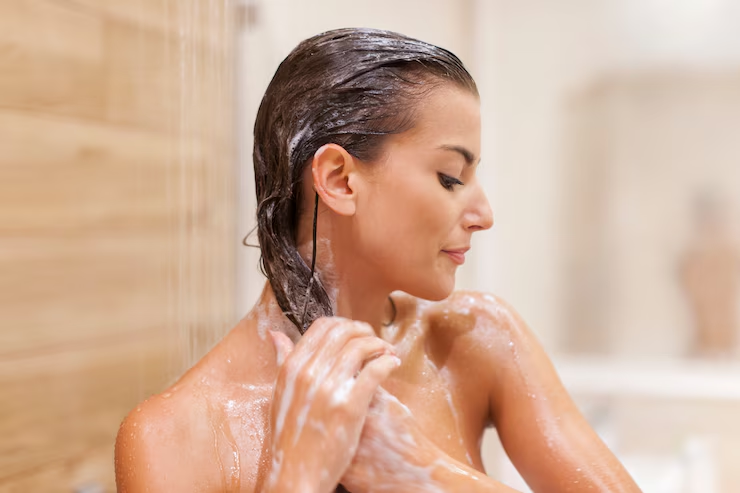
You must put those ingredients to work once you switch to your recommended shampoo. You can wash your hair daily with the right shampoo and conditioner, which contain properties to combat oily dandruff.
Maintain consistent hair washing when treating your scalp for dandruff. It will help your scalp undergo a double cleanse with treatment to combat flaking, utilizing active ingredients. It will help control the oil production to keep your scalp balanced.
5. Eat Healthy
While a treatment for oily scalp can help remove dandruff, you still need to change your diet. Food can have a significant impact on your scalp health.
It is similar to experiencing a breakout after indulging in greasy food or noticing puffy eyes after drinking. Poor nutrition can cause the same issues for your scalp.
Try to avoid unhealthy fats and eat more healthy fats. Healthy fats, such as omega-3, 6, and 9, help reduce inflammation and soothe burning and itchiness. Enjoy foods rich in omega-3 fatty acids, such as nuts, fish, and plant oils.
Reduce your sugar intake, particularly processed sugar, as seborrheic dermatitis has a significant fungal component. Decreasing these food intakes helps prevent a fungal flare-up and reduces inflammation.
6. Invest in a Hair Care Routine For Healthy Scalp
Scalp treatments are one of the most effective remedies for combating oily dandruff, especially when received at our hair spa near Medford, MA.
We use only the finest products, featuring ingredients with antifungal and anti-inflammatory properties. To treat your oily scalp at home, consider using a leave-in dandruff treatment to help keep flakes at bay between washes.
We recommend using a restoring serum formulated with Zinc Pyrithione to help address the cause of dandruff and control the oil production.
7. Ditch Your Styling Products For Now

While the healing process has begun, the last thing you want is product buildup to exacerbate the irritation. Unfortunately, this means you will need to store your styling products for a while.
We found that chemical-based products, such as those containing alcohol and dry shampoo, do not effectively help remove oily dandruff. Your scalp is like an open wound; you only want it to heal in all areas. If your products do not have healing properties to help alleviate irritation and inflammation, then store them for future use.
You can use your hair styling products again once you no longer experience symptoms of dandruff.
8. Add Coconut Oil To Your Hair Routine
We understand that visiting our hair and scalp spa for soothing scalp therapy or running to get over-the-counter medicated treatments is not always possible.
Then, add virgin raw coconut oil to your products for the best home hair treatment. This oil has anti-fungal and anti-inflammatory properties and can temporarily help keep the scalp hydrated.
You can use it as a hot oil by warming it to room temperature and applying it directly to your scalp. Then, following the instructions, massage the oil into your scalp and leave it on for 45 minutes before rinsing it with shampoo and conditioner.
You can do this three times a week.
Wrap-Up: How to Treat Oily Dandruff
Following the steps above can help treat oily dandruff. Still, we have one question: How long will it take for your scalp to return to normal health?
For promising results, you should notice a difference within three to four weeks of using any of the scalp treatments above.
This is how long it will take to see a noticeable difference. For the best therapeutic approach, you will need more than one treatment. We recommend following all the treatments mentioned to help alleviate your seborrheic dermatitis quickly.
Once you reach the sixth week and there is no improvement in using the treatments, we recommend consulting a doctor for a prescription-strength medication.
Still, if your oily dandruff is not yet severe, we recommend an appointment with us for the best scalp treatment in Boston to combat your dandruff.
FAQ
What is the cause of oily dandruff?
Oily dandruff results from the excess oil your scalp produces as it serves as a breeding ground for the Malassezia yeast.
How can I remove my dandruff using oil?
Suppose you have a dry scalp. Gently massage warm coconut, jojoba, or olive oil into your scalp with your fingertips. Leave the oil in your hair for a few hours, then wash it with shampoo.
What is the best oil to use on oily dandruff?
Tea tree oil is the best treatment for oily dandruff. Its antifungal and antibacterial properties moisturize the skin and help treat infections.

